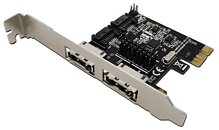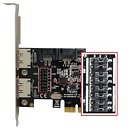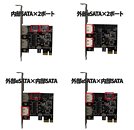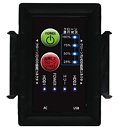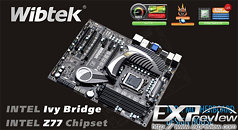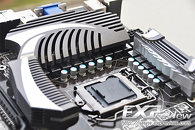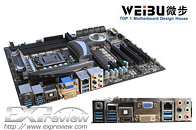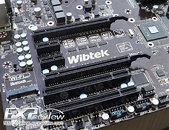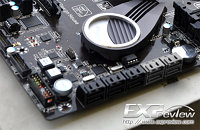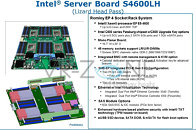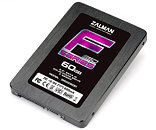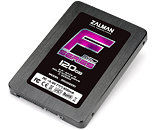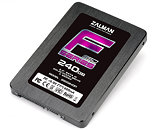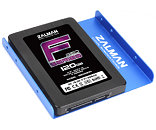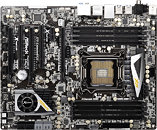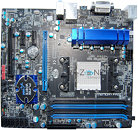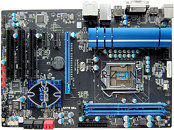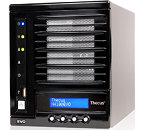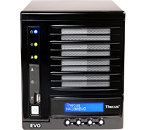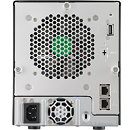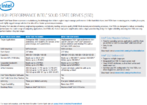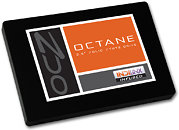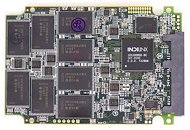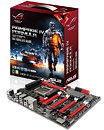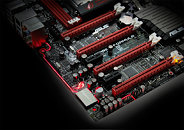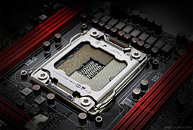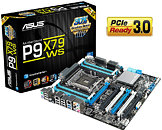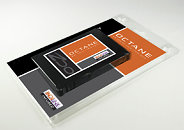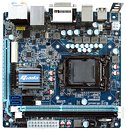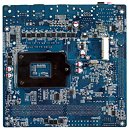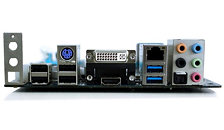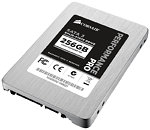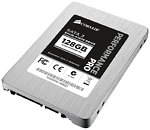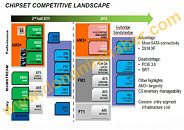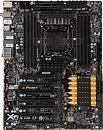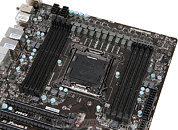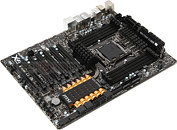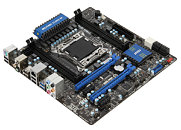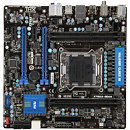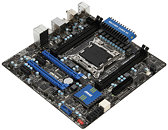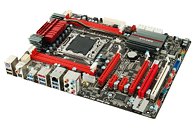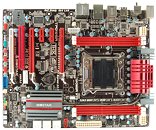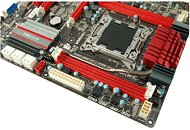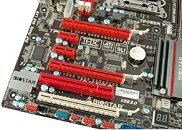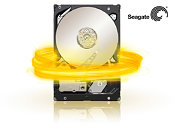AREA Also Intros SATA 6 Gb/s Card with Switchable Internal/External Ports
Apart from the powerful little Mr. Clone 3.0 drive-cloning and docking device, Japanese company AREA also launched the SATA 6 Gb/s TwinTurbo Hybrid addon-card. 2-port SATA 6 Gb/s cards aren't new, but they either come in 2-port internal SATA, or 2-port eSATA forms, making you have to choose between the two types. This addon-card from AREA features two internal SATA 6 Gb/s ports, two eSATA 6 Gb/s ports, and uses a common 2-port SATA 6 Gb/s controller.
The ingenuity here is a simple jumper-based way of configuring those two SATA channels to individually work as internal SATA or eSATA. So now you can set the card to have two eSATA 6 Gb/s ports, two internal SATA ports, or one internal SATA and an eSATA, whichever way you'd like, by simply toggling two sets of four jumpers switching which way the data traces of each SATA channel end up. The card uses an ASMedia ASM1061 2-port PCIe SATA 6 Gb/s controller, which supports IDE, AHCI, and simple RAID modes. It connects to the host over PCI-Express 2.0 x1. Slated for May 2012, the AREA SATA TwinTurbo Hybrid will be priced at 2,980 JPY, or $38.
The ingenuity here is a simple jumper-based way of configuring those two SATA channels to individually work as internal SATA or eSATA. So now you can set the card to have two eSATA 6 Gb/s ports, two internal SATA ports, or one internal SATA and an eSATA, whichever way you'd like, by simply toggling two sets of four jumpers switching which way the data traces of each SATA channel end up. The card uses an ASMedia ASM1061 2-port PCIe SATA 6 Gb/s controller, which supports IDE, AHCI, and simple RAID modes. It connects to the host over PCI-Express 2.0 x1. Slated for May 2012, the AREA SATA TwinTurbo Hybrid will be priced at 2,980 JPY, or $38.
